Stay Hwangryong[Korea Quality] / 스테이황룡 [한국관광 품질인증]
0m 1 2022-04-04
5-3, Haengbok 1-gil, Hwangnyong-myeon, Jangseong-gun, Jeollanam-do
+82-10-7142-5646
Stay Hwangryong is a tranquil hanok accommodation where the Hwangryonggang River flows in front. The hanok surrounded by a low stone wall is divided into two sections: Sarangchae and Anchae. The broad yard with flowering trees add more beauty to the landscape. The guest rooms of Stay Hwangryong include Hwangryong, good for six guests, Sarangchae 1 and 2 that are both good for two travelers, and a Maru that is the equivalent of a living room. The modern hanok retains the traditional beauty, while having added the convenience of modern facilities. Bright lightings on the ceiling and glass windows dressed in white curtains that replaced hanji give a more trendy look. Individual heating system per room, WiFi, and air conditioning are provided. The kitchen is equipped with a rice cooker, induction cooktop, and other kitchenware for those who wish to cook during the stay. Each room has a barbecue grill for guests to enjoy. The yard with plentiful sunlight is good for small gatherings, such as family gatherings and birthday parties.
Wolbongseowon Confucian Academy (월봉서원)
6.9 Km 4310 2021-07-06
133, Gwanggok-gil, Gwangsan-gu, Gwangju
+82-62-960-8253
Wolbongseowon Confucian Academy, built in 1578, was established by Kim Gyehwi and other confucian scholars to honor Ki Daeseung's study and virtue through Mangcheonsa Shrine. The location of the academy was moved to its current site in 1646, and the name Wolbong was given by King Hyojong in 1654. In 1671, Bak Sang and Bak Sun's shrines were moved from Deoksansa Shrine by the suggestion of Song Siyeol. Also, Kim Jangsaeng and Kim Jip's shrines were additionally placed in 1673. Unfortunately, the confucian academy was abolished due to the abolition policy of Daewongun in 1868. Later, Bingwoldang Hall was built by Jeollanam-do's Confucian scholars in 1938, followed by Gojiksa Shrine in 1972, Jangpangak Pavilion and Oesammun Gate in 1978, Sau in 1980 and Naesammun Gate in 1981. Bingwoldang is designated as Gwangju Monument No. 9 and woodblocks of Gobongjip are preserved in Jangpangak Pavilion.
National Jangseong Healing Forest (국립장성치유의숲)
8.9 Km 53865 2024-02-20
716 Chuam-ro, Seosam-myeon, Jangseong-gun, Jeollanam-do
National Jangseong Healing Forestis a natural recreational facility located in the Chungnyeongsan National Forest, opened in 2011. Visitors can be relaxed by walking along the cypress forest trail emitting phytoncides. There are seven hiking courses designed with various themes and slopes. Following the main course, the "Well-being Forest Path," hikers will encounter the Chungnyeongsan Observatory, where they can enjoy panoramic views of the mountain and see the cypress forest at a glance.
Green Energy Experience Hall Gwangju-Jeonnam Regional Headquarters (녹색에너지체험관 (광주전남지역본부))
9.8 Km 3736 2024-02-14
123 Cheomdangwagi-ro, Buk-gu, Gwangju
Green Energy Experience Hall is located within the Gwangju Jeonnam Regional Headquarters of the Korea Energy Agency. Here, visitors can learn about the importance of energy conservation and discover methods to save energy in everyday life. Key facilities include the Green Energy Experience Hall, the Outdoor Experience Hall, and the LED Exhibit Hall. Admission is free, and the center welcomes visitors aged five years and older.
Gwangju National Science Museum (국립광주과학관)
10.1 Km 11140 2021-05-24
235, Cheomdangwagi-ro, Buk-gu, Gwangju
+82-62-960-6210
Gwangju National Science Museum was opened in 2013 to promote science. The museum specializes in light and science with a spaceship-shaped exterior. Many of the exhibitions consist of hands-on programs, providing visitors a chance to use their imagination to further learn about science.
Ssangam Park (쌍암공원)
10.3 Km 10627 2021-08-13
39, Cheomdanjungang-ro 182beon-gil, Gwangsan-gu, Gwangju
+82-62-960-8704
Ssangam Park is located in front of the Gwangju Institute of Science and technology within Cheomdanjigu (the high-technology district) in Gwangsan-gu, Gwangju. Thanks to the beautiful lake at its center, the park is also known as “Lake Park.” The lake is surrounded with landscaped azaleas and pine trees and is home to several fountains. At least once a month, a cultural festival takes place at the park.
Convenience facilities include 146 benches, 3 restrooms, and 3 playgrounds. The park is especially popular among students since it has a gym and a wide grassy field perfect for playing sports.
Gochang Munsusa Temple (문수사 (고창))
10.3 Km 30903 2024-04-07
135, Chilseong-gil, Gochang-gun, Jeonbuk-do
+82-63-562-0502
Nestled on the slope of Munsusan Mountain (alt. 621 m) in Gochang, Jeollabuk-do and Jangseong, Jeollanam-do, Munsusa Temple is located in the area of a dense mountain ridge to the west of Gosu Kiln Site in Gosu-myeon, and Josan Reservoir. The ridge features clean water and a thick forest that has remained uncontaminated due to its isolated location.
The temple's establishment date is uncertain. The temple houses Daeungjeon Hall (Local Tangible Cultural Heritage No. 51) and Munsujeon Hall (Local Tangible Heritage No. 52), as well as Myeongbujeon and Hansanjeon Halls. Daeungjeon is a small building featuring the unique architecture of gable roofing. Visitors will be fascinated by the temple's scenery, boasting valley waters flowing from dense forests. It is particularly beautiful in fall, when the autumn foliage harmonizes well with the colors of the old temple. The temple grounds are surrounded by a colony of maple trees 100 to 400 years old.
The Forest of Maple Trees at Munsusa Temple, Gochang, was designated in 2005 as Natural Monument No. 463. It covers the area from the entrance of Munsusan Mountain to the entrance of Munsusa Temple with nearly 500 maple trees lining the 80 meter-long path.
Hyusimjeong (휴심정)
10.3 Km 0 2024-03-07
611-25 Imbangul-daero, Gwangsan-gu, Gwangju
Hyusimjeong is a multicomplex complete with Second One, a bakery cafe; Oat, a restaurant offering fusion cuisine; a pop-up store zone; and a gallery; all surrounded by a large garden, creating the perfect location for rest. The garden appears to be in bloom all year round thanks to the advanced landscaping that mixes over 28 species of trees and 30 species of flowering grasses.
Top Cloud Hotel [Korea Quality] / 탑클라우드호텔 광주점 [한국관광 품질인증/Korea Quality]
10.8 Km 15 2020-12-29
57-1, Imbangul-daero 825beon-gil, Gwangsan-gu, Gwangju
Top Cloud Hotel is impressive in its sensuous interior and luxurious atmosphere. Not only is the interior and exterior luxurious, but it is equipped with actual luxury bedding providing high satisfaction. The room shows a magnificent night view of Gwangju presenting a high satisfaction to all visitors. In addition, it is known for its clean and hearty breakfast and is well-received for its 24-hour front desk, concierge service, modern and neat facilities, and rooms.
BANANA HOTEL [Korea Quality] / 바나나호텔 [한국관광 품질인증]
11.0 Km 1780 2023-05-02
22-13 , Imbangul-daero 825beon-gil, Gwangsan-gu, Gwangju
+82-62-973-0774
Banana Hotel in Gwangju offers guest rooms with laptop lines and Wi-Fi and friendly room service 24 hours a day, with foreign languages also catered for. The hotel is 10 minutes away from the Gwangju Biennale venue and Mudeungsan National Park, so many hikers visit. And Damyang with its famously beautiful bamboo and redwood trees is only about 20 minutes away.
![Stay Hwangryong[Korea Quality] / 스테이황룡 [한국관광 품질인증]](http://tong.visitkorea.or.kr/cms/resource/48/2810848_image2_1.jpg)
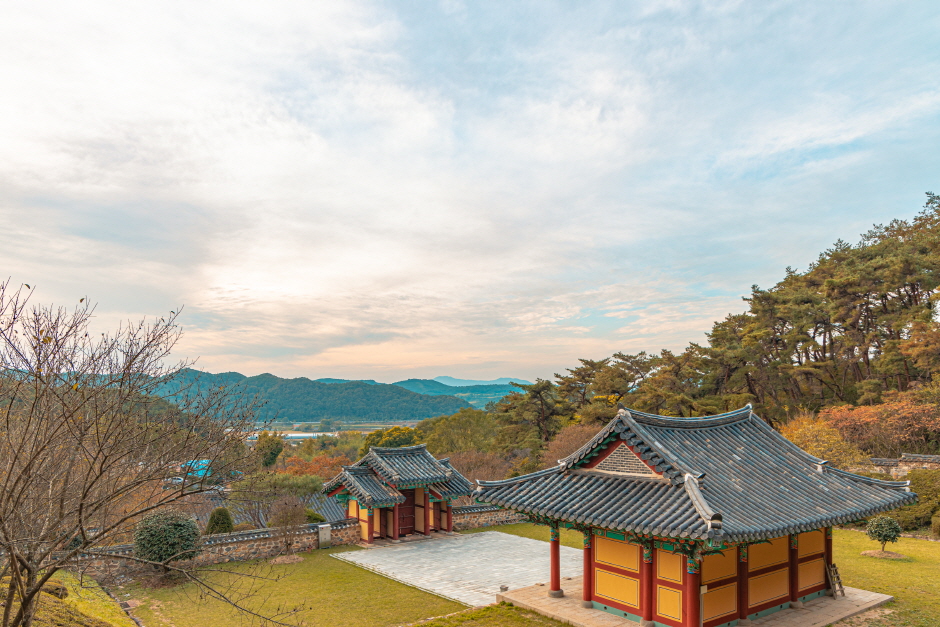
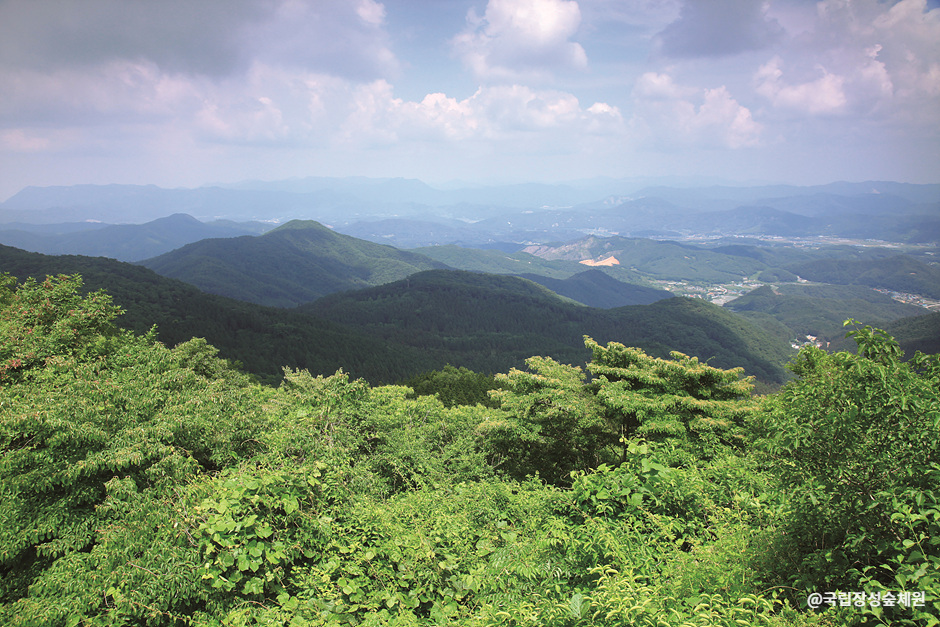
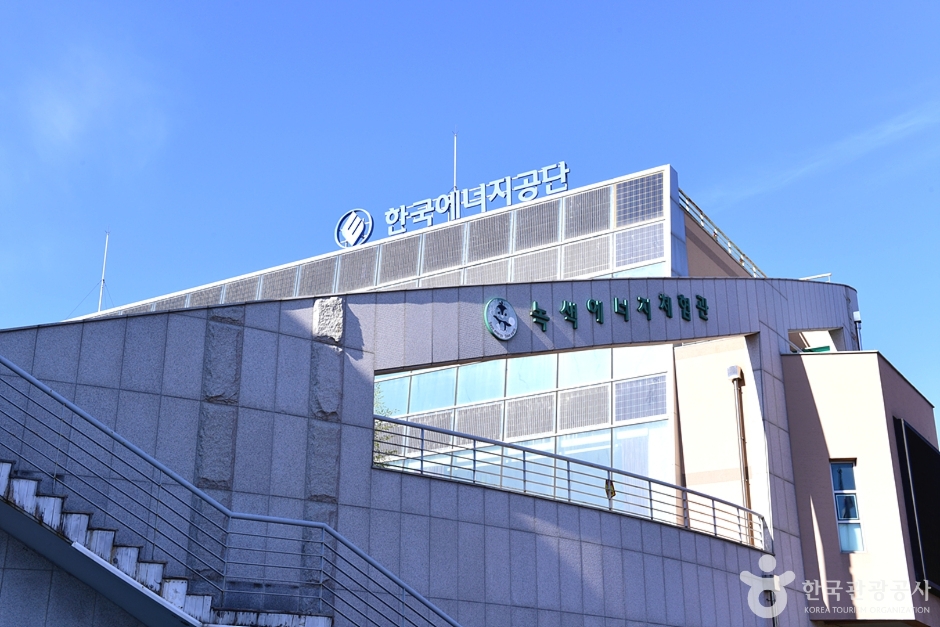
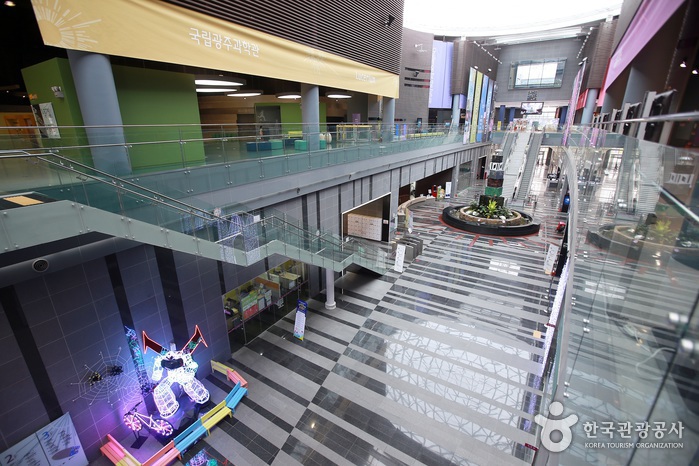
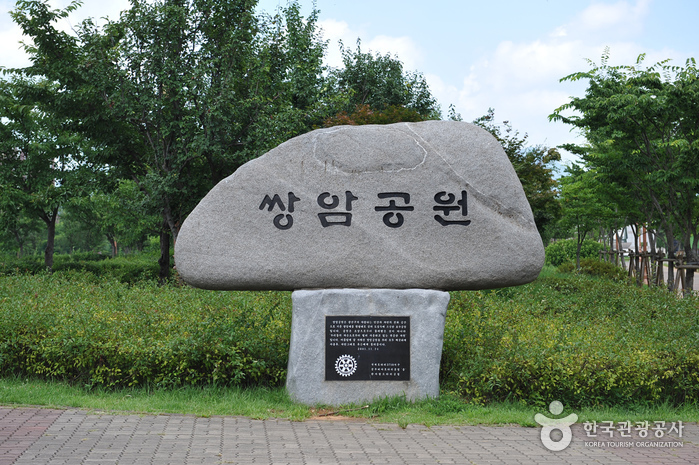

![Top Cloud Hotel [Korea Quality] / 탑클라우드호텔 광주점 [한국관광 품질인증/Korea Quality]](http://tong.visitkorea.or.kr/cms/resource/27/2698527_image2_1.jpg)
![BANANA HOTEL [Korea Quality] / 바나나호텔 [한국관광 품질인증]](http://tong.visitkorea.or.kr/cms/resource/63/2578163_image2_1.jpg)
 English
English
 한국어
한국어 日本語
日本語 中文(简体)
中文(简体) Deutsch
Deutsch Français
Français Español
Español Русский
Русский